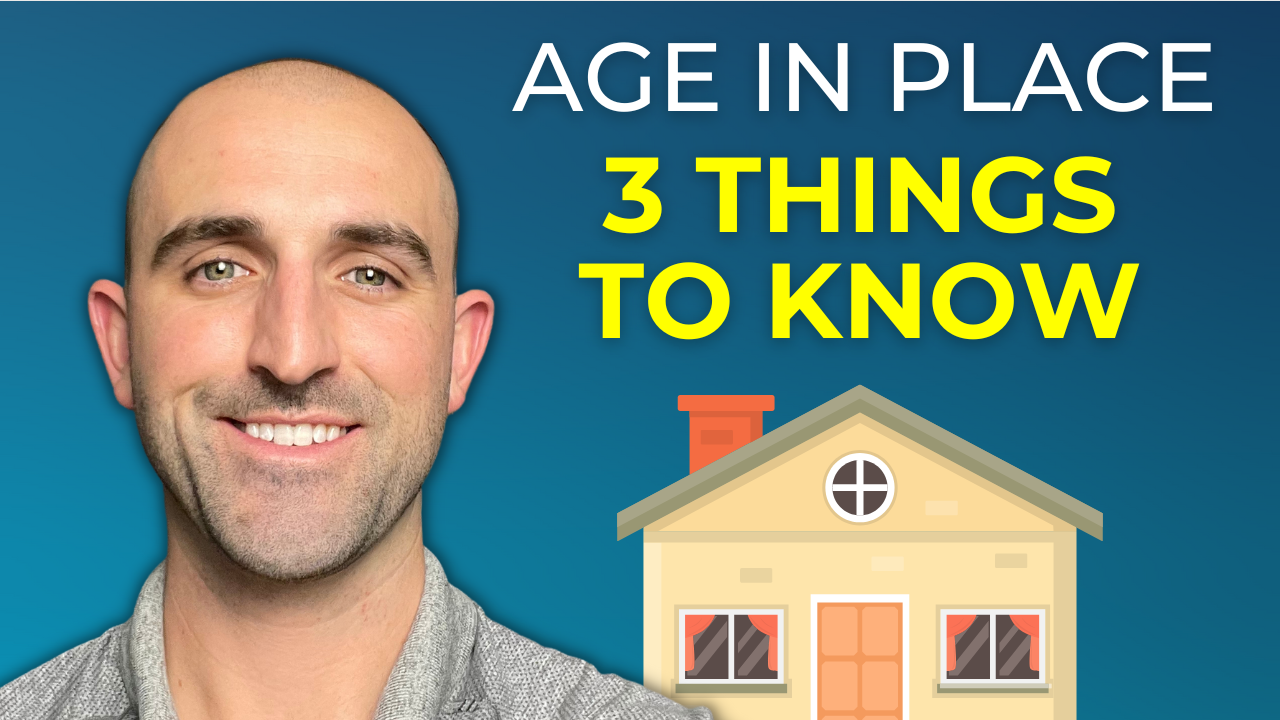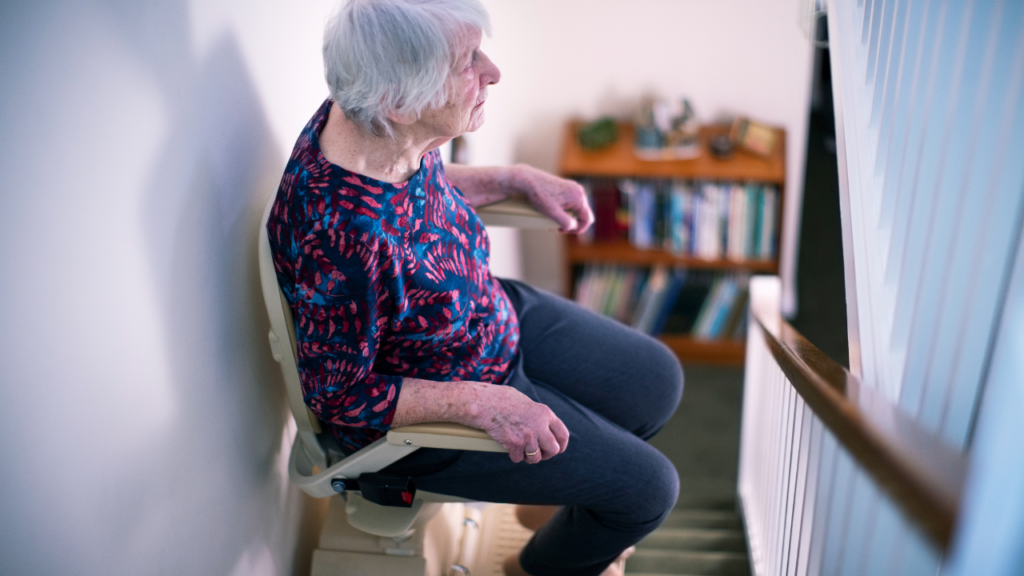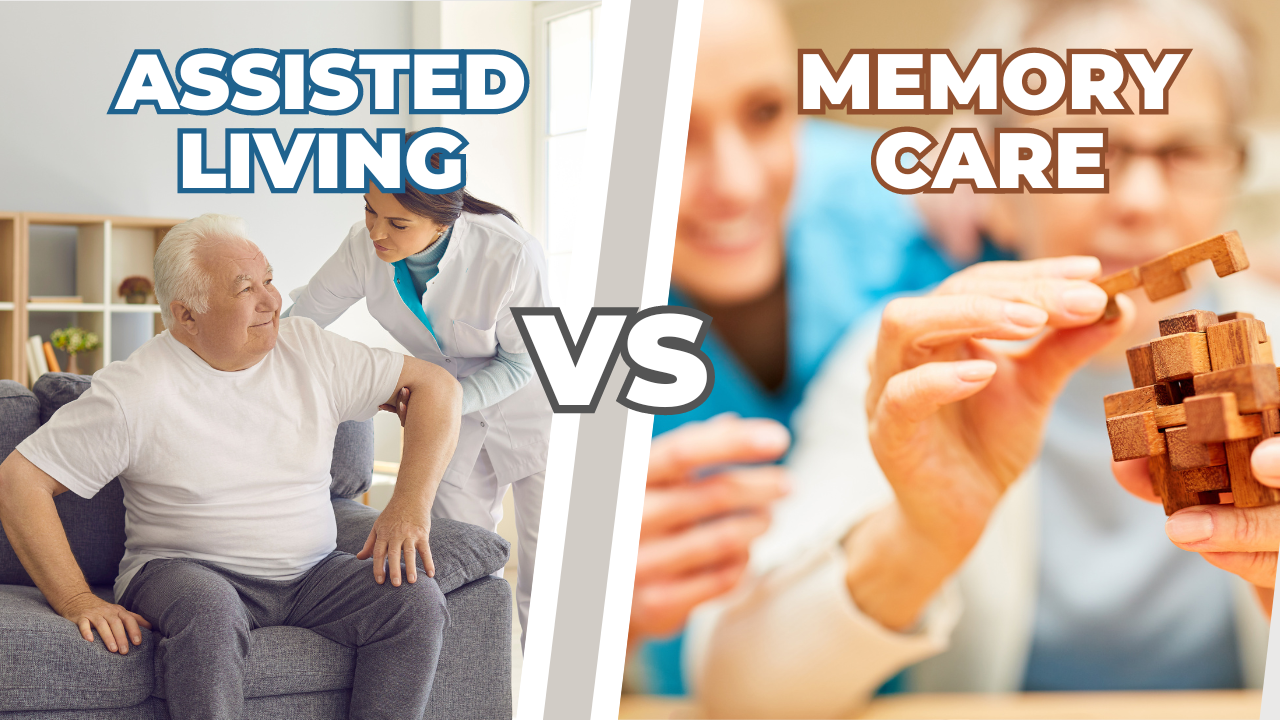Senior Living Costs: Find the Right Community for Your Budget
Navigating the world of senior living can be overwhelming, especially when trying to find a community that fits both your lifestyle and your budget. With so many options available, understanding the costs involved is crucial in making an informed decision. In this article, we’ll break down the various expenses associated with senior living communities to help you find the best option for your needs.
Understanding Senior Living Costs
The cost of senior living varies widely depending on several factors, including the type of community, location, and the level of care required. Here’s a breakdown of the primary costs you’ll need to consider:
1. Community Fee
Contact us for a free consultation
The community fee is a one-time charge typically required at move-in. This fee covers the community’s amenities and services and can vary depending on the type of senior living community you choose. For monthly communities, the community fee is usually around $3,000. These communities often offer month-to-month agreements, allowing for flexibility without long-term commitments.
Another option is a Continuing Care Retirement Community (CCRC), also known as a Life Plan Community. These communities are designed for seniors who wish to age in one place with progressive levels of care. CCRCs require a one-time upfront fee, often referred to as a buy-in. Buy-ins are typically much more than community fees at monthly communities. Depending on the contract, this fee may be partially refundable.
2. Monthly Rate
The monthly rate is the ongoing cost you’ll pay to live in the community. This rate can vary significantly based on several factors:
- Apartment Size: Senior living communities typically offer various floor plans, ranging from studio apartments to larger units. As expected, larger apartments come with higher monthly rates.
- Number of Occupants: If you’re sharing your apartment with another person, there’s usually an additional fee. In Arizona, this second occupant fee is typically around $700 per month.
- Amenities: Communities that offer extensive amenities such as pools, fitness centers, transportation services, and salons tend to have higher monthly rates. It’s important to consider whether these amenities align with your lifestyle needs.
- Location: The location of the senior living community plays a significant role in determining the cost. Communities in more expensive areas will naturally have higher monthly rates. Consider the importance of proximity to family, entertainment, and other outside activities when selecting a location.
3. Levels of Care
Levels of care refer to the range of services and support provided in assisted living or memory care communities. These levels typically range from basic assistance to more intensive care, with costs increasing as more support is required. For example, the first level of care may cost an additional $500 to $700 per month, while the highest levels could add $2,500 to $3,000 per month to your expenses.
4. Additional Services and Extras
Many senior living communities offer additional services that can enhance your living experience. While these extras are optional, they can add convenience and comfort to your daily life:
- Utilities: Most communities include basic utilities such as water and electricity in the monthly rate. However, additional services like internet, phone, and cable may incur extra fees. Be sure to clarify what’s included and budget for any additional utility costs.
- Emergency Pendant: An emergency pendant, which can be worn as a watch or necklace, allows you to call for help in case of an emergency. These devices typically cost around $20 per month and can be a valuable safety feature, especially if you’re far from the community’s emergency pull cords.
- Additional Meals: Depending on the community, the number of meals included in the monthly rate can vary. If you’d like an additional meal each day, this can usually be added for around $150 to $200 per month.
- Laundry Service: While many communities offer communal laundry rooms or in-unit washers and dryers, some also provide laundry services for an additional fee. This option can save you time and effort, allowing you to enjoy more of your day.
- On-Site Salon or Barber Shop: Having access to a salon or barber shop within the community can be convenient. While prices vary, it’s often easier and more affordable than traveling to an outside location.
- Pet Fees: If you’re bringing a pet, be aware that some communities require a one-time pet deposit ranging from $500 to $750, while others may charge an ongoing monthly fee of $20 to $30.

Making the Right Choice for Your Budget
Making the Right Choice for Your Budget
Choosing the right senior living community involves careful consideration of your budget and personal preferences. It’s important to understand the full scope of costs associated with each option to make an informed decision that meets your needs.
At Valley Senior Advisors, we’re committed to helping you find the best senior living community in the Phoenix area. Our services are 100% free, and we’re here to assist you every step of the way. If you have any questions or need guidance, don’t hesitate to reach out.
For more information, download our free resource, the Essential Arizona Assisted Living Guide. And don’t forget to subscribe to our YouTube channel for more helpful videos on senior living topics.



















